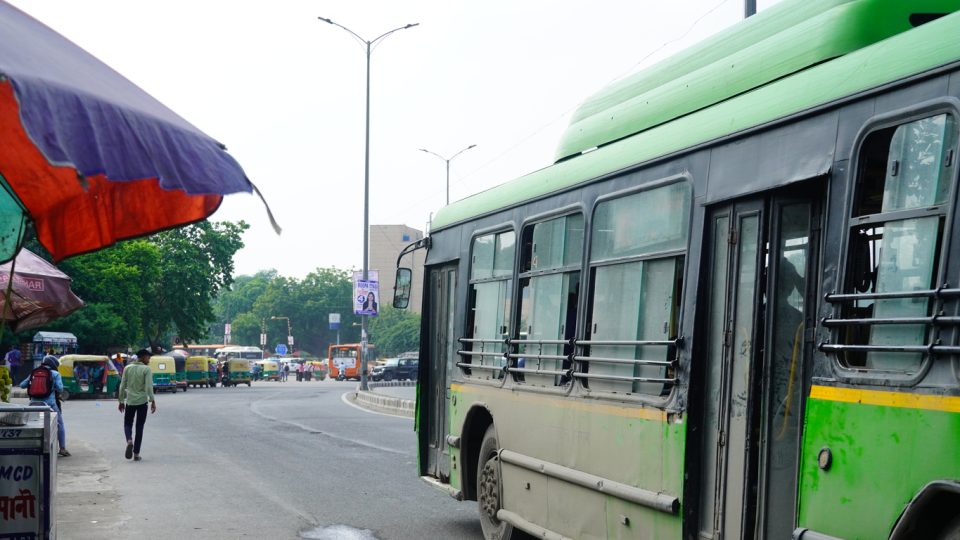
Delhi roads saw 35% drop in vehicles since ban on overage automobiles: Economic Survey

The number of vehicles on Delhi roads dropped by over 35 per cent ever since the Arvind Kejriwal government put a ban on the movement of overage vehicles, according to the Economic Survey of Delhi, 2022-23, report.
Delhi Finance Minister Kailash Gahlot tabled the Delhi Economic Survey in the Assembly on Monday.
The survey pegged the total number of motor vehicles on Delhi roads in 2021-22 at 79.18 lakh, a 35.38 per cent decrease since the Delhi government banned diesel vehicles aged over 10 years and petrol vehicles which are more than 15 years old.
Curbs on overage vehicles
The Supreme Court in 2018 banned diesel and petrol vehicles older than 10 and 15 years, respectively, in the national capital. The top court said that vehicles plying in violation of the order would be impounded. A 2014 order of the National Green Tribunal bars vehicles older than 15 years to be parked in public places.
The report noted that the annual growth of vehicles in Delhi fell from 8.13 per cent in 2005-06 to 3.03 per cent in 2020-21. However, during the same period, the number of vehicles per thousand population increased considerably from 317 to 655.
Also read: Age limit for scrapping of vehicles: Centre warns over ‘false’ reports
“Delhi is a hub for personal motorized vehicles in India. Total motorised vehicles in Delhi are 122.53 lakh. Car and jeeps accounted for around 28 per cent of the total registered motorized vehicles, whereas two-wheelers are about 67 per cent of total registered vehicles,” the report stated.
The Economic Survey report also said there is a contradiction regarding the actual number of vehicles plying on Delhi’s roads as a large number of vehicles registered in the national capital are plying in NCR areas and vice versa.
“The transport department is making efforts to estimate the actual number of vehicles in Delhi by taking into account vehicles that have outlived their life span due to any account, transferred to and from other states etc.,” it said.
The survey report said the government is providing fare concessions to students, senior citizens, the disabled and freedom fighters in DTC and Cluster Buses. The concession amount is reimbursed by GNCTD.
The Government of NCT of Delhi has reimbursed ₹78.82 crore for concessional passes during 2020-21, it said.
Free, safe travel for women
The free travel facility for women in DTC and cluster buses started on October 29, 2019. During 2021-22, women passengers availed 13.04 crore free trips in DTC and 12.69 crore in cluster buses. The daily average passenger ridership in DTC was 15.62 lakh and 9.87 lakh in cluster buses during the 2021-22 fiscal.
There are 63 bus depots and 16 bus terminals in operation. DTC with 4010 buses on 461 city routes and seven NCR routes is the largest public transport entity in the national capital region.
Besides this, 3,319 buses are in operation under the cluster scheme. There are 88 buses on 27 routes for night bus service. Ladies Special Buses are also being plied during peak hours on 30 routes, the economic survey report stated.
As on September 30, 2022, 7,938 marshals were deployed in DTC and 3,296 in cluster buses for women’s safety and security.
Initiatives to cut down emissions
GNCTD has decided to engage pure electric buses in Delhi which will go a long way in reducing overall vehicular emissions. Nearly 300 electric buses have been inducted up to December last year under phase II of the Faster Adoption and Manufacturing of Hybrid & Electric Vehicles in India (FAME India) scheme to DTC.
Watch | Delhi govt warns bike taxis against plying, says breach of Motor Vehicles Act
Currently, 47 services of the transport department have been completely switched to faceless delivery mode and more than 26 lakh applicants have benefitted from this programme till December last year, the Economic Survey report stated.
The operational route of Delhi Metro, including the Airport Line and Rapid Metro, was 360.975 km during 2021-22 and the average daily passenger journey in Delhi Metro was recorded at 25.16 lakh, it said.
(With inputs from agencies)


